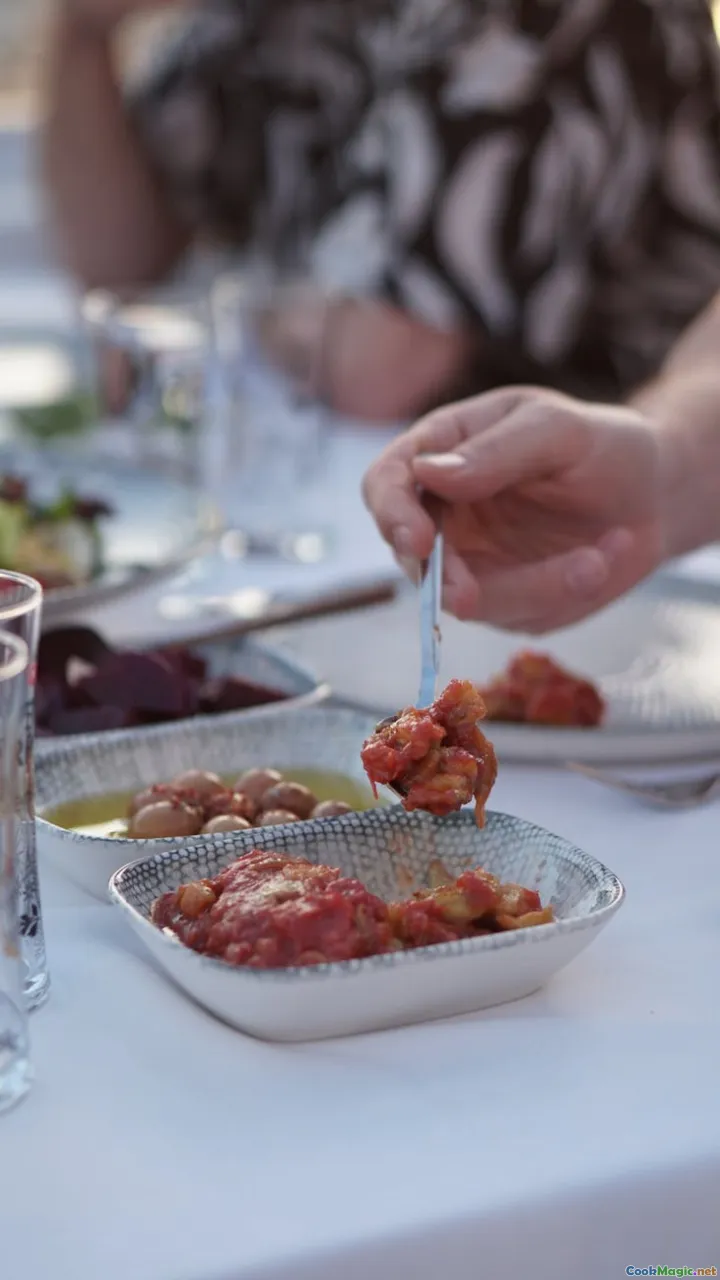Flavors of Haiti: A Culinary Journey
8 min read Embark on a flavorful voyage through Haiti's vibrant culinary landscape, exploring its rich history, bold flavors, and cultural significance. May 01, 2025 10:00
Flavors of Haiti: A Culinary Journey
Introduction: A Taste of History and Heart
Imagine walking through the bustling streets of Port-au-Prince at dawn, the air thick with the aroma of spices, sizzling meats, and freshly baked bread. Haiti’s culinary landscape is as vibrant and resilient as its people—an intricate tapestry woven with centuries of history, cultural influences, and a deep-rooted love for bold flavors. It’s a cuisine that tells stories of survival, celebration, and identity, inviting every eater to partake in a sensory journey that transcends mere sustenance.
The Cultural Tapestry: Roots and Influences
Haitian cuisine is a reflection of its diverse heritage. It’s a blend of African traditions, French colonial influences, Spanish and Taino roots, and a touch of Caribbean vibrancy. This melting pot has given birth to dishes that are both comforting and complex, infused with local ingredients, indigenous herbs, and a spirit of improvisation.
African and Indigenous Foundations
Many of Haiti’s traditional dishes trace back to West African cooking techniques and ingredients—cassava, plantains, yams, and a variety of beans. These staples are often prepared with a soulful touch, seasoned generously with herbs and spices that have been passed down through generations.
French Colonial Legacy
French influence is evident in the country’s use of pâtés, bread, and sophisticated seasoning blends. The French introduced techniques of baking and pastry-making, which have been seamlessly integrated into local culinary practices.
Caribbean and Spanish Touches
The Caribbean’s bounty of tropical fruits, seafood, and spices further enrich Haitian flavors. Spanish influences come through in dishes that incorporate rice and beans, a staple pairing in Haitian meals.
Signature Dishes: A Palette of Flavors
Griot: The Juicy, Marinated Pork
Griot is arguably Haiti’s most celebrated dish—succulent chunks of pork shoulder or loin marinated in a fiery blend of citrus, garlic, and aromatic herbs, then fried to golden perfection. The exterior is crispy, while the inside remains tender and flavorful. It’s often served with pikliz—an intensely spicy, pickled vegetable relish that cuts through the richness of the meat.
Marinad: Crispy Fish Fritters
Marinad are small, savory fried fish cakes that burst with flavor. Made from salt cod or other local fish, mixed with herbs, spices, and sometimes grated vegetables, then battered and fried, they symbolize Haiti’s coastal connection and love for seafood.
Joumou Soup: A Symbol of Freedom
This iconic pumpkin-based soup, traditionally enjoyed on Independence Day, is a hearty, spicy, and soul-warming dish that embodies Haitian resilience. Its vibrant orange hue and complex seasoning—featuring garlic, scotch bonnet peppers, and herbs—make it a feast for the senses.
Diri ak Djon Djon: Rice with Black Mushrooms
A luxurious rice dish cooked with dried black mushrooms (djon djon), which impart a deep, earthy flavor and a striking dark color. Often served with fried plantains or stewed meats, this dish highlights the island’s rich natural ingredients.
The Art of Flavors: Spices, Herbs, and Techniques
Haitian cooking is renowned for its bold seasoning palette. The use of scotch bonnet peppersadds a fiery kick, balanced by the cooling tang of lime and the sweetness of tropical fruits.Garlic, ginger, and thymeform the aromatic backbone of many dishes, whilepickled vegetables and hot sauces provide layers of acidity and heat.
Cooking techniques range from slow braising to quick frying, each method enhancing the texture and flavor. Marinating meats overnight in citrus and herbs ensures tenderness and depth, while frying imparts a satisfying crunch that elevates the eating experience.
Cultural Significance and Food Traditions
Food in Haiti is more than sustenance; it’s an expression of identity and community. Celebrations like Independence Dayrevolve around dishes like joumou soup, symbolizing freedom and resilience. Family gatherings often feature potluck-style feasts, where dishes likebanan peze (fried plantains)andpoul ak diri (chicken and rice) foster connection.
Food as Resistance and Pride
Throughout history, Haitian cuisine has stood as a testament to endurance against adversity. Many recipes have been preserved clandestinely during times of hardship, and traditional dishes continue to serve as symbols of cultural pride.
Personal Reflections and Culinary Encounters
Traveling through Haiti, I was struck by the warmth of the people and the vibrancy of their food. One memorable afternoon, I tasted griot at a local street stand, where the crispy pork was paired with a spicy pikliz and a chilled coconut water—an explosion of flavors that lingered long after the meal. Such moments exemplify how Haitian cuisine is a living, breathing reflection of its people’s resilience and zest for life.
A Culinary Invitation
Whether it’s the fiery kick of a scotch bonnet pepper, the comforting embrace of a bowl of joumou, or the sweet aroma of ripe mangoes, Haiti’s flavors beckon the adventurous palate. Exploring Haitian cuisine offers more than just a taste—it's an immersion into a culture rich with history, passion, and unbreakable spirit.
Final Thoughts
Haiti’s culinary landscape is a testament to its vibrant culture and enduring resilience. It invites us to savor dishes that are as soulful as the island itself—each bite a story, each flavor a celebration. As you embark on your own culinary journey, remember that Haitian food is not just about taste; it’s about connection, history, and the unyielding spirit of a people who have turned their flavors into a testament of hope.
Embark on this flavorful voyage and discover the soul of Haiti through its extraordinary dishes—each one a chapter in the rich story of this Caribbean island.









